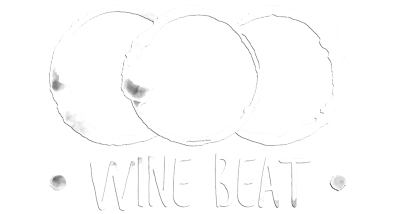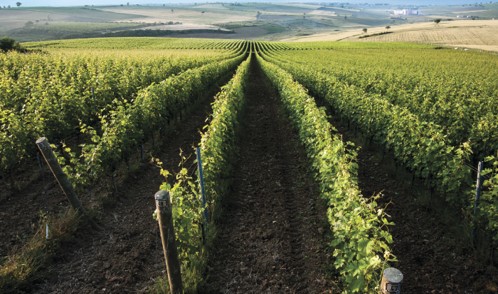
In the time-shrouded early moments of wine history, wine growing and wine making had its origin and made its way westward from its apparent birthplace in the area of Mount Ararat. In modern day terms we are talking about the area where the Turkish, Georgian, Armenian and Iranian borders converge. This area is so heavily soaked in human history that scholars will study its wars, its kings, its prophets, its philosophers and its religious significance for the rest of time. Wine is only one facet of the millenia-long history of the area. But isn’t it telling that, in Judeo-Christian tradition, Noah planted the vine on Mount Ararat as the flood receded. And in Greek tradition Dionysus arrived from this direction to join the pantheon of Gods and make a gift of wine to mortals. History and mythology meld in a loose fabric or tapestry that defines the birth of civilization in the near-east. And wine makes up a key thread in the story.
The area that is modern-day Turkey has played a role in the development of wine culture for thousands of years. After all it forms the physical bridge between the original birthplace of wine in the Mt Ararat region and Europe – and the early commercial bridge between important historical winemaking regions in Anatolia and the burgeoning wine commerce taking hold as classical Greek culture flourished. For example, the Greeks likely adopted the early elements of their wine culture from the Phrygians in central Anatolia (Turkey) and perhaps the mad, debauched party that Dionysus was always hosting came originally from here. Regardless of the details, the most interesting part of this history lesson is to think about how these ancient winemaking traditions carry on – thousands of years later.
Why Turkey’s Aegean and Marmara Regions for Wine?
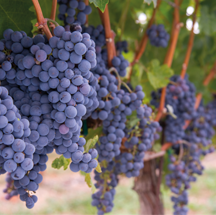
Turkey’s Aegean region produces over one-half of the roughly 80 million bottles of wine that is made in Turkey each year. The vast majority of it is consumed within Turkey, especially in the pulsing Istanbul market. But the export market is being pursued vigourously by some of Turkey’s best wine producers and exports are growing. Ultimately Turkey is (despite 5000+ year of history) a new winemaking region. Local culture and lack of government support have been a challenge to the wine industry over the last decades. However, wine industry entrepeneurship is growing and the most important winemakers have been ramping up investment and honing their vine selection and viticulture practices. The terroir and climate opportunities are tremendous and winemakers are gaining acclaim from international wine experts. So international interest has been growing at the same pace as the increase in the quality of the wines.
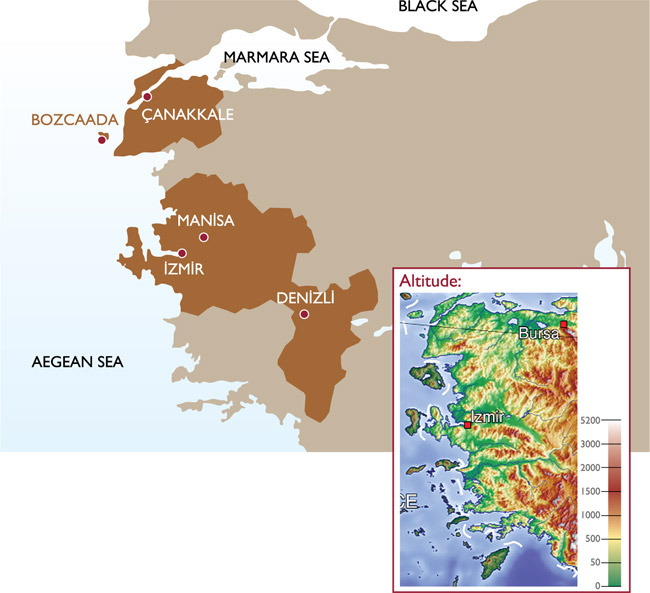
Where are the Aegean and Marmara Regions?
Scattered over a series of individual valleys and winegrowing areas, the Aegean regions cover a large amount of western Turkey. The climate here ranges from Mediterranean (hot summers and cool winters) to more Continental in some of the interior areas. Some of the vineyards are located on the “European” side of the Dardanelles and the Bosporous strait, while some extend down the coastline towards the famous city of Izmir and the beach areas towards the Bodrum peninsula.
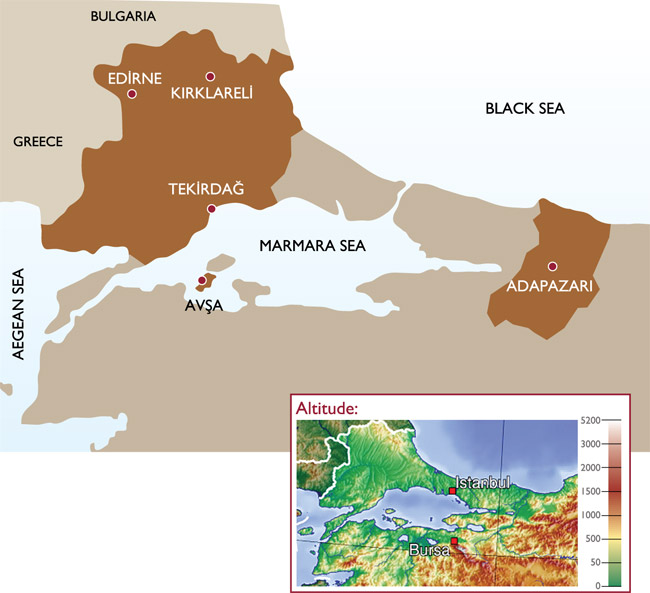
Who Are The Winemakers?
Suvla is a young winery making a big splash based on the high quality of its wines.
Kayra is well established in the international market.
Urla is a high quality producer on the Aegean coast.
Pasaeli is very well regarded among critics.
When Is The Best Time To Visit?
The Aegean coast of Turkey enjoys a beautiful Mediterranean climate and is really pleasant in April-June and September-November. Summers are, of course, gorgeous and the beach scene is fantastic.
Useful Links:
www.winesofturkey.org has lots of useful information on the wine regions and wineries of Turkey.
www.hometurkey.com for tourist information
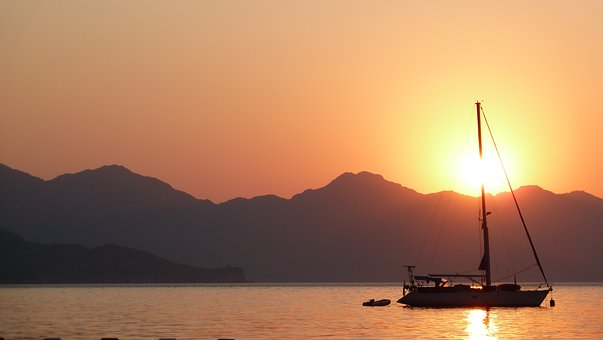
Map and photo credits: www.winesofturkey.org; Kayra winery and vineyards; Pixabay.
